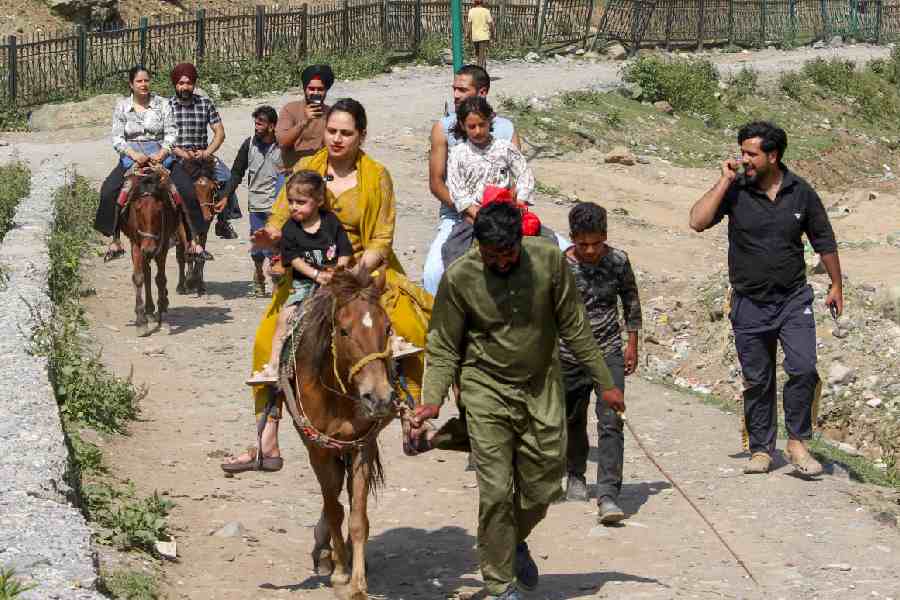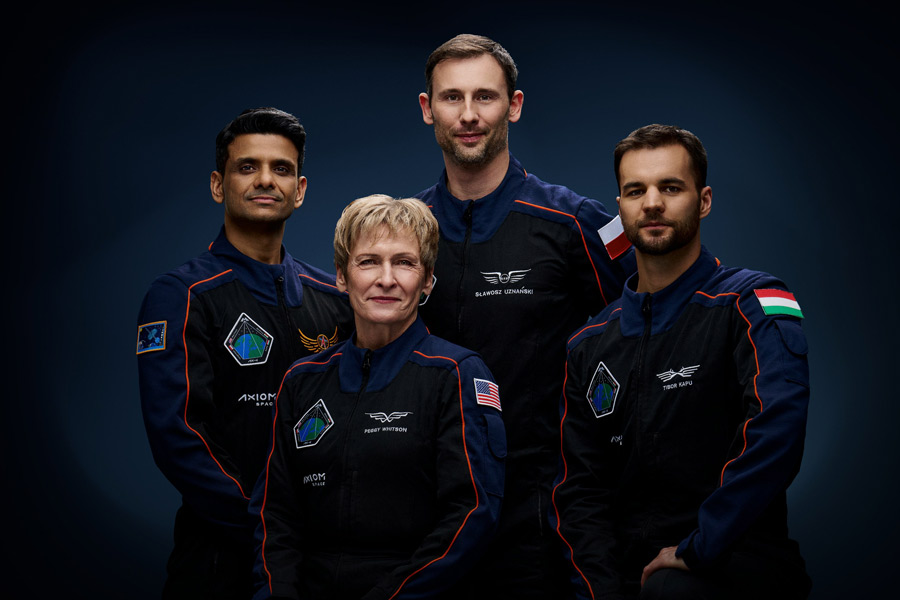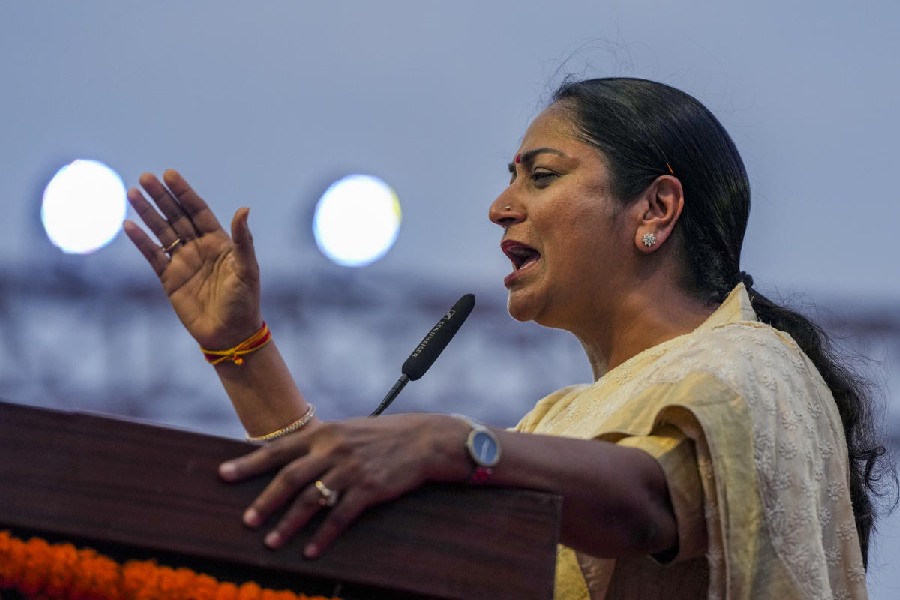
Melbourne: The Grand Slam was there for the taking last September in New York, and though Serena Williams faltered there and also faltered in the final here in Melbourne on Saturday, the Grand Slam is still very much on the table.
To watch Novak Djokovic sweep aside Roger Federer and Andy Murray – the two men closest to him in the rankings – in the closing rounds of the Australian Open was to watch a man in command.
Federer had to scramble just to avoid humiliation in the semi-final before losing in four sets that featured plenty of sensational shot-making, but a dearth of true suspense. Murray – stubble faced and full of desire – made Djokovic grind for his record-tying sixth Australian Open singles title Sunday night, but Murray could not quite manage to win a set.
Final score: 6-1, 7-5, 7-6 (7-3) in favour of Djokovic, who is now tied with Roy Emerson for the lead among men’s champions at this Grand Slam tournament.
Emerson, a rangy Australian, won his six titles from 1961 to 1967 in the amateur era. Djokovic won his six in 2008, 2011, 2012, 2013, 2015 and 2016 in a fully professional era characterized by big exposure and big rewards. He is fast approaching $100 million in career prize money.
Sunday’s victory also gave Djokovic 11 major singles titles, tying him for fourth on the career list with Bjorn Borg, who was not in attendance at Melbourne Park, and Rod Laver, who was sitting in the front row.
“I can’t lie and say I didn’t think about it,” Djokovic said. “Of course it was in the back of my mind. Coming into the court I knew that I have a chance to make history. Of course it served as a great motivation, as a great imperative to play my best.”

Djokovic’s latest clutch performance in a major final also led to Murray making some tennis history of his own by becoming the first man to go 0-5 in singles finals at a Grand Slam tournament.
“Um, I feel like I’ve been here before,” Murray said as he accepted the runners-up trophy for the fifth time. Other men have lost five finals in the same Grand Slam event: Ivan Lendl lost five at the US Open, but he also won it three times. Bill Johnston lost six finals in the amateur era at the US Championships, but he also won it twice. John Bromwich lost five at the Australian Championships but won it twice, too.
Murray, a great player stuck in a historically top-heavy era, is unfortunately all on his own, although he has — as Bruce McAvaney, the M.C. of Sunday’s awards ceremony, graciously reminded the audience — won Wimbledon, the US Open and the Davis Cup.
“To us, he’s a champion in Australia,” McAvaney said.
Murray forced a thin smile at that, but the reality is that Djokovic, once his good friend and tennis equal, is ever more his nemesis.
They have similar styles and tennis gifts, but increasingly disparate curricula vitae. Djokovic has beaten Murray 11 times in their last 12 matches and in four Australian Open finals (Murray lost his first to Federer in 2010).
“I don’t know how far off I was tonight,” Murray said. “The first set, you know, I wasn’t there, but the second and third sets I do think were very close. I do think I could have played a bit better. I didn’t think I hit my forehand as well as I could have done. When I did in the third set, that helped me out a lot. I was able to get myself into the net more. I was able to play more offensive tennis then.”
But the level of offensive tennis required to knock off Djokovic on one of his base-level nights in a best-of-five-sets match is a very great deal to ask of anyone.
“His ability to cover the court is unbelievable,” said Guy Forget, the former French star working as a television analyst in Melbourne. “I mean Andy has to hit flat with his eyes closed in the corner to make a winner.”
Djokovic is a true all-surface threat as his record now makes clear. One suspects he would find a way to prosper on sand or wood as well, but it is on hard courts where he is still most in his element. While many European players start on clay, Djokovic took his first cuts at the ball on the hard courts that happened to be right across the street from his parents’ ski shop and restaurant in the Serbian resort of Kopaonik.
The true bounce helps him with his take-the-ball-early timing, and it also suits his movement, allowing him firm footing to push off and make very quick shifts in direction, particularly when extended wide in the court.
It is quite a package, and eight of Djokovic’s 11 Grand Slam singles titles have come on hard courts: six at the Australian Open and two at the US Open. Both tournaments use a cushioned acrylic surface from the same manufacturer, although the US Open surface has been generally quicker through the years.
But the next Grand Slam question for Djokovic is whether he can finally win the big one on clay. The only major title he lacks remains the French Open, where he has lost three times in the final. With Rafael Nadal, a nine-time French Open champion, still struggling to recover his big-match mojo, Djokovic will probably be the man to beat in Paris this time.
Based on results over the past two seasons, he is currently the best player on all the major surfaces: clay, grass and hardcourts. That alone makes a Grand Slam possible, which no man has managed since Laver did it for the second time in 1969. “Novak certainly has a chance,” Laver said.
NYT News Service










